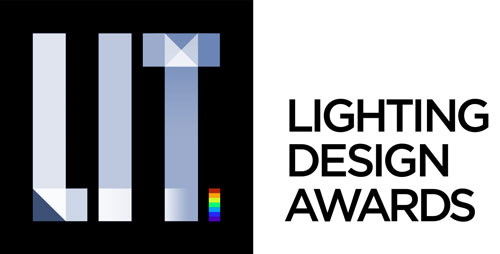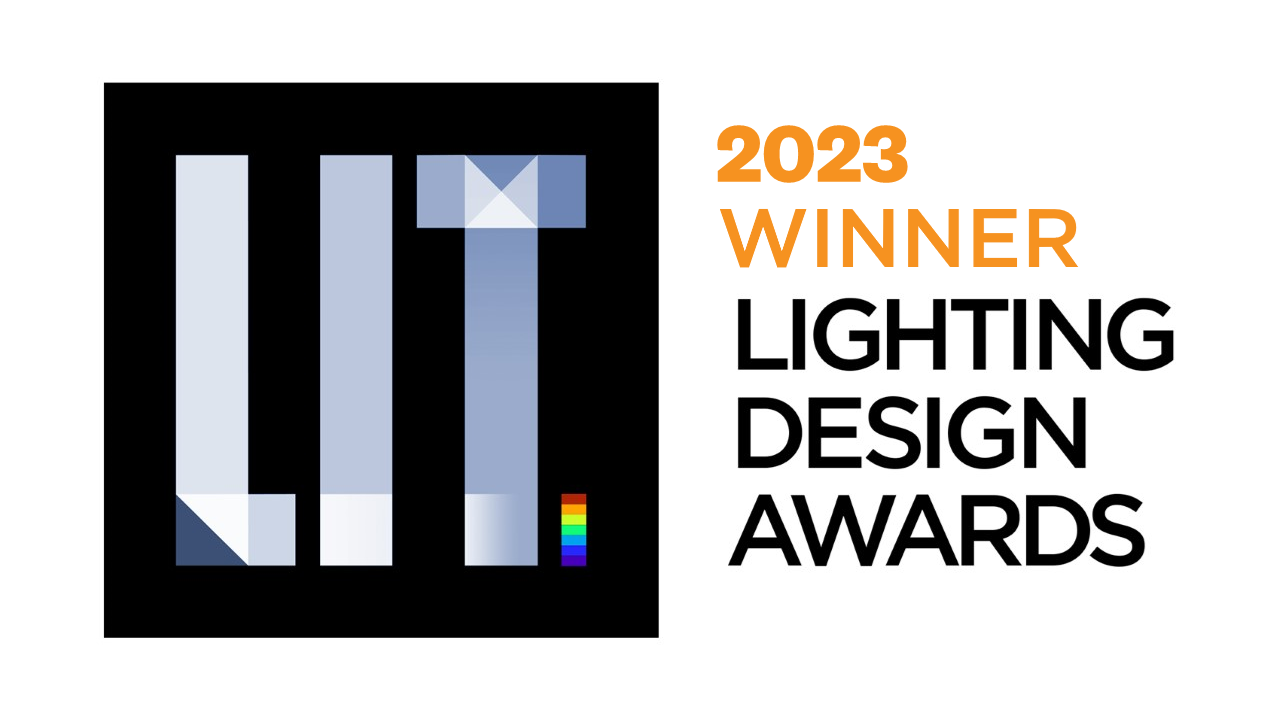Prize(s) Winners in LED Interior Lighting Design
Company Schuler Shook
Lead Designers Giulio Pedota
Other Designer's names Brian Wiley, Samantha Komber
Client CDA (Chicago Department of Aviation)
Photo Credits Nick Lehoux
Other Credits HOK Architects, Muller2
Completion Date 2023
Project Location Chicago
Entry DescriptionThe wing-shaped extension of Terminal 5 at O’Hare International Airport is the terminal’s first major expansion since 1993, a significant first step in O’Hare’s ambitious program to modernize one of the world’s most-traveled airports.
Designed to be the gateway to Chicago, its vast and open design offers sweeping views of the aircraft and cityscape, providing an uplifting welcome to the city.
To provide a human-centric experience, the lighting design aims to be minimalistic, providing visual clarity and avoiding visual noise, while maintaining a high-level of design as depicted by the well-organized array of downlights.
The lighting design included 3,260 dimmable recessed downlights throughout the terminal to supplement the natural daylight. Eyelid-shaped coves create visual interest while the adjacent recessed downlights provide general lighting, an showcase the terminal’s sculptural architecture.
A luminous wall and ceiling lead passengers from the jet bridge to the sterile corridors, providing visual clarity and a sense of alertness for arriving passengers.
The baggage claim exhibits a low, lacquered ceiling with all the MEP systems organized in a metal channel. The lighting design for this area is comprised of three lighting systems, including linear fixtures to provide general lighting, round downlights to accentuate the dark floors, and illuminated coves at the columns
Sustainability ApproachThe O’Hare Terminal 5 expansion was a signature element of O’Hare 21, a plan to improve efficiency and accessibility across the airport.
The project was designed with state-of-the-art LED fixtures to deliver maximum output with minimum energy consumption. Also, fixtures near fenestrations are dimmed with daylight sensors for daylight harvesting, while dimming is also employed during nighttime hours for visual comfort. Featuring sustainable design elements such as this, among other strategies, the project is on track to achieve LEED Silver certification.














